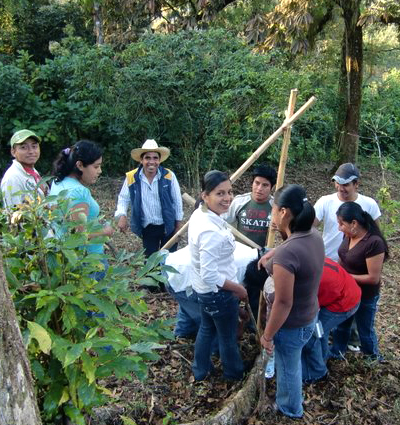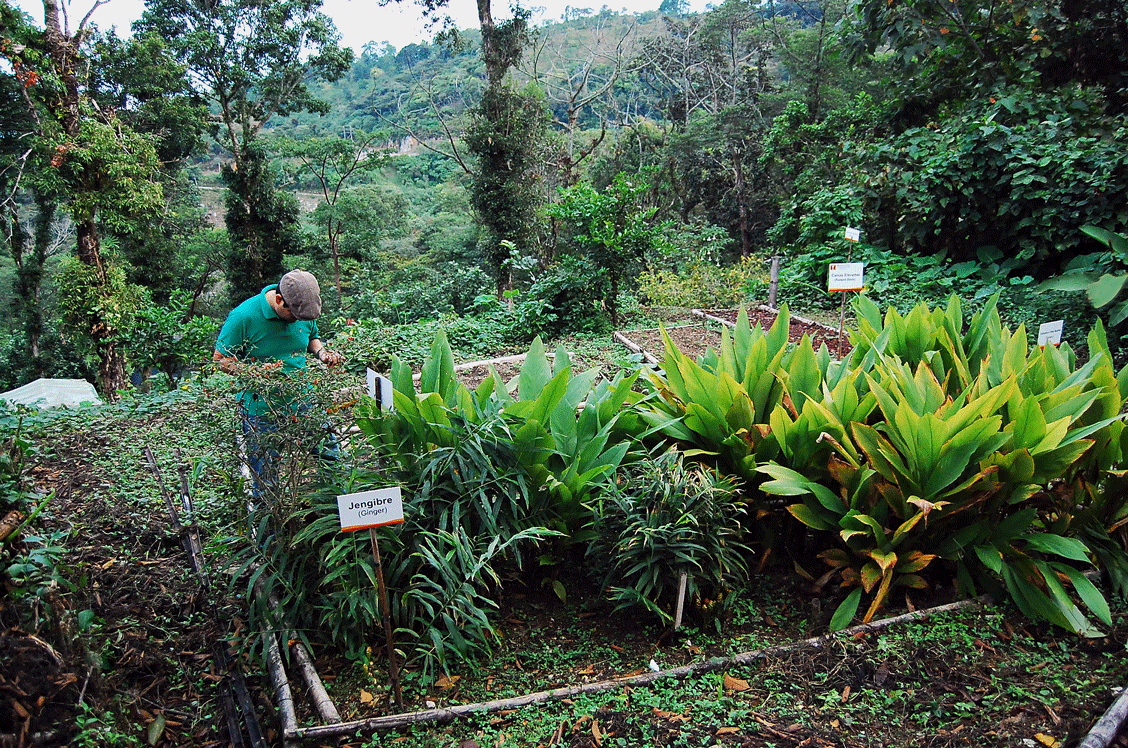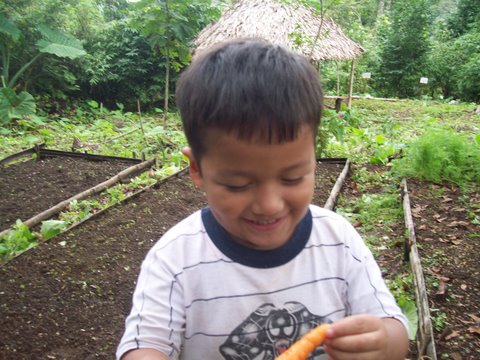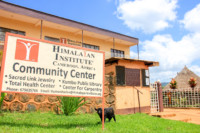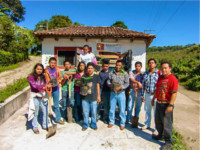Agriculture & Aztec Heritage
Our VIDA project introduces modern, sustainable farming practices in the Totonac region of Central Mexico where the most common crop (and the most important) historically grown by the people of Central Mexico was maize, also known as corn or mealies. Archaeologists believe that wild maize was domesticated first in Mexico about 6,000 years ago and spread to the rest of the world from there. Maize was the staple grain of the Aztec empire and critical for their survival. When there were floods or droughts that affected the maize crop it was a disaster.
The Aztecs needed to keep their world in order and in balance to try to avoid such disasters. They did practical things such as terracing their fields to provide more usable land and to preserve water, bringing in fresh water from afar with aqueducts. People also often created their own gardens to grow fruits and vegetables for their families, much like the VIDA gardens which make fresh produce available to the family, put more nutrition in family meals, and, by growing the program from the family kitchen outwards to the market, ensures that the Totonacos continue to benefit from their harvest and labor.
